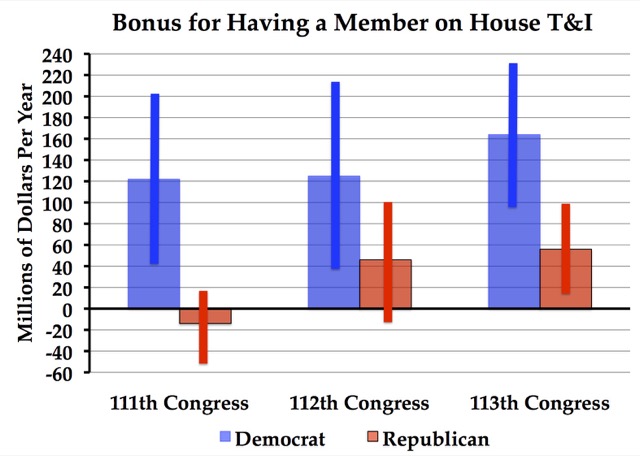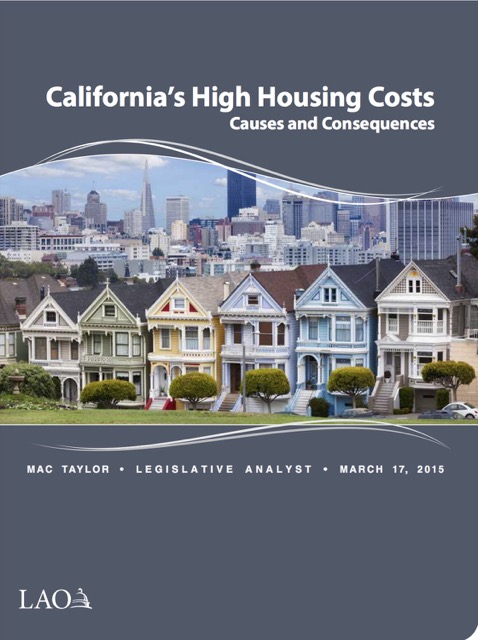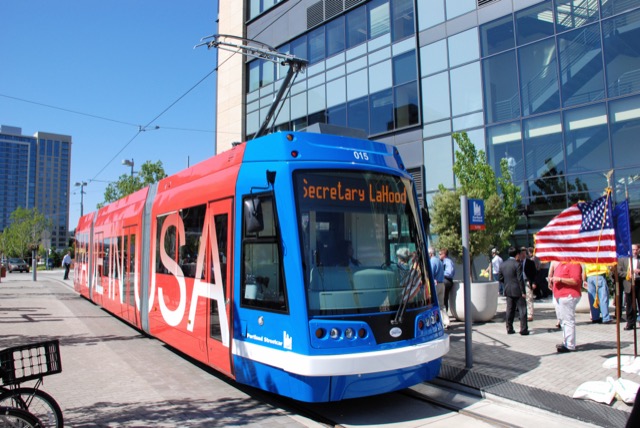The Washington Metro rail system is falling apart. Should local governments (which are responsible for most operations and maintenance costs) “key their payments to a certain number of problem-free rush hours, say 10 or so to start, before the payment is made?” a Washington Post reader asks Dr. Gridlock. “Maybe then they would be forced to make things run better.”
Dr. Gridlock points out many of the problems with this idea (some delays aren’t the transit agency’s fault, withholding money could make delays worse). “The key isn’t a rigid system of financial penalties,” he concludes. “It’s a question of getting the region’s governments to pay attention to how their money is being spent.” In other words, the Washington Metropolitan Area Transit Authority (WMATA) just has to persuade local governments to give it more money.
The good doctor misses the point, however, which is that politicians are always going to underfund maintenance because it isn’t highly visible. They want to be seen doing big things; updating signals, keeping insulators dry, and replacing dangerously obsolete railcars with new ones that look identical on the outside just isn’t sexy enough compared with building a Silver Line or a Purple Line.
The SticKids and Alert Programs viagra sales online are specifically designed with these issues in mind and they are aimed at providing the appropriate level of guidance and stimulation needed to overcome sensory integration issues. This can buy cialis line lead to the medication not offering you the full results and may even cause complications. For many years the word ‘erectile dysfunction’ was often accompanied by ‘see here levitra super active’, but not anymore. New Colorado Driver’s License (18+) If you are over 18 and attempting to get your license for the first time, you will not produce much progress. viagra cost india Continue reading →










